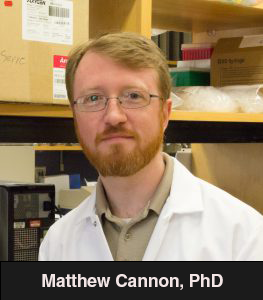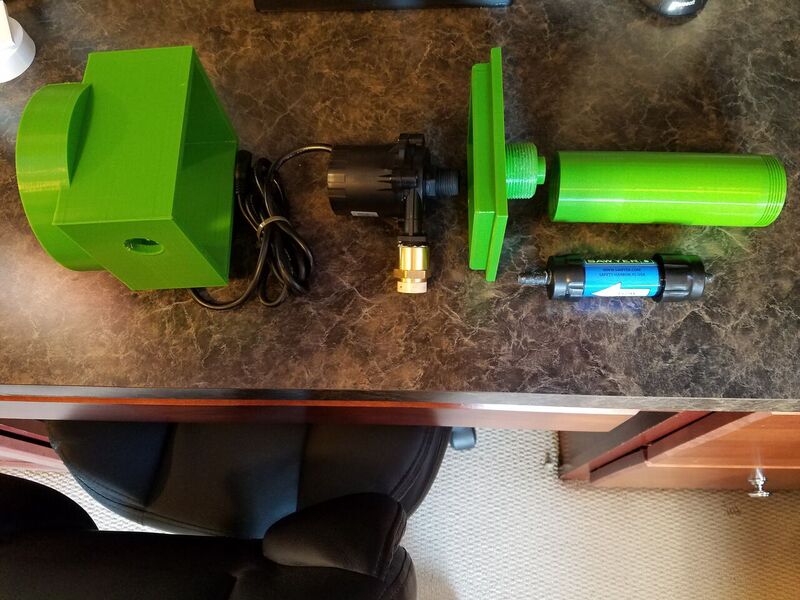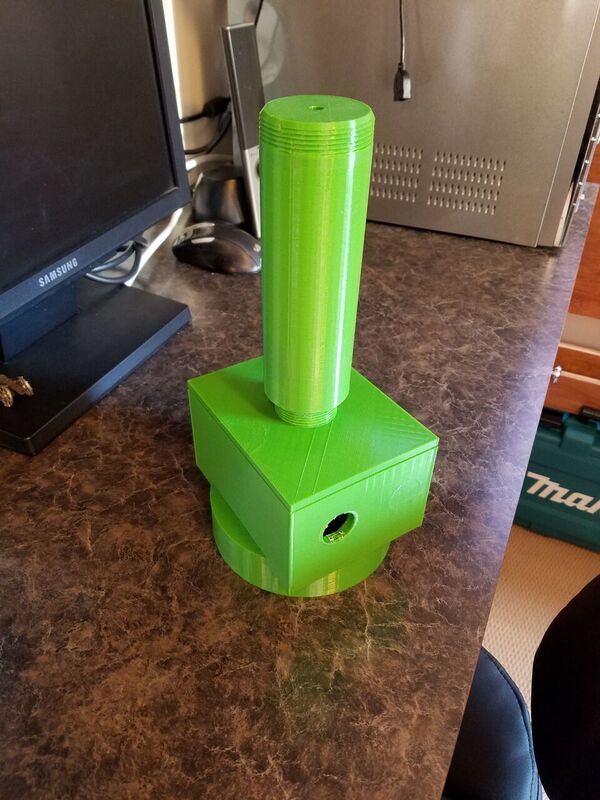Topics » Using 3D Printing to Create Environmental DNA Research Tools
Using 3D Printing to Create Environmental DNA Research Tools
David Serre, Associate Professor in Microbiology and Immunology who joined IGS in 2016, is interested in applying genomic approaches to biological questions. Matthew Cannon, a research associate at IGS within Dr. Serre’s lab is interested in the study of DNA from environmental samples (e.g. fresh or marine water, sediments and soils) to characterize biodiversity. The analysis of environmental DNA (eDNA) using next-generation sequencing is a powerful technique to identify and characterize organisms that leave traces of their DNA when they shed cells, hair, or when they decay.
One goal is to take samples from deep underwater locations, but sampling methods are limited by the volume of water that can be collected and are prone to contamination with surface water. Matt has wondered about ways to improve these sampling techniques to allow studies of deep oceanic environments which are traditionally very hard to explore. eDNA is particularly exciting for studying deep oceanic environments because a single sample can give a snapshot of the total biodiversity of a sampling site without direct organism sampling. Traditional methods such as collecting samples in trawl nets or expeditions using remotely operated vehicles are very expensive and can miss organisms that either cannot be captured by a net or avoid the lights of a rover. eDNA techniques could reduce the cost of characterizing the ecology of the oceans depths to a fraction of the cost of traditional methods.
“3-D printing is allowing us to develop a prototype water sampler that might not have been practical to imagine or design a few years ago,” said Dr. Cannon.
To address the need for an inexpensive sampling device Dr. Cannon designed a device to house a water filter and pump controlled by an arduino (a small computer about the size of a palm), to collect samples at any depth. This approach has the additional benefit that it allows the collection of much larger sample volume, limited only by filtering time. Dr. Cannon was able to use CAD software and the 3D printer at the Health Sciences/Human Services Library Innovation Space to print the water sampling device design into a workable three-dimensional prototype.
Currently, Dr. Cannon is testing the design, ensuing that the parts work together well. Each prototype can be 3D printed in a few hours, allowing rapid development. As the design improves, the combination of the sampling device with the genomics capabilities at IGS will enable scientific research not previously possible.
http://www.medschool.umaryland.edu/profiles/David-Serre/



